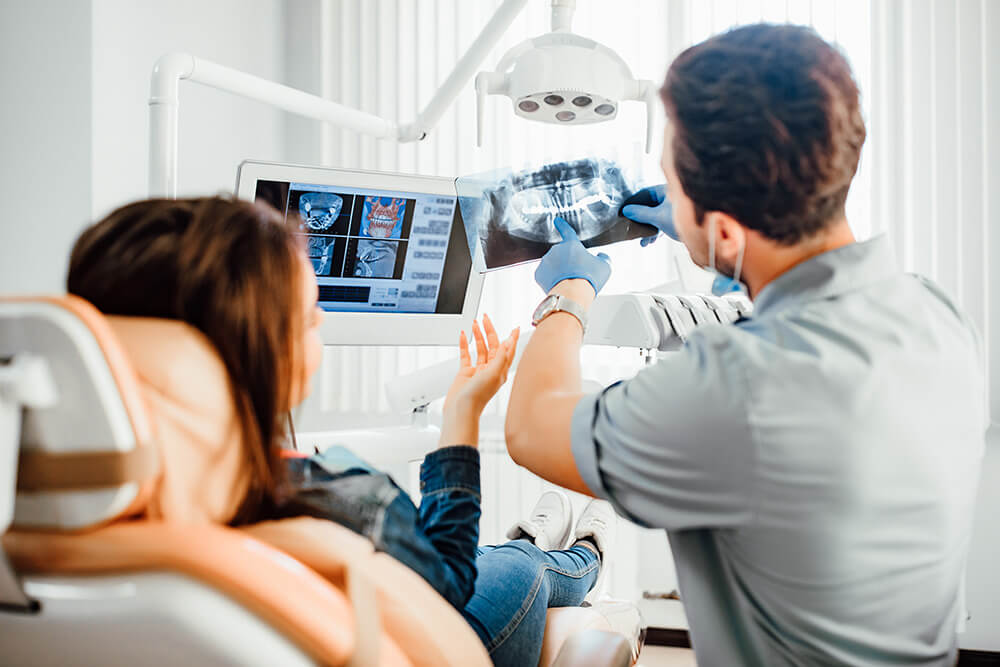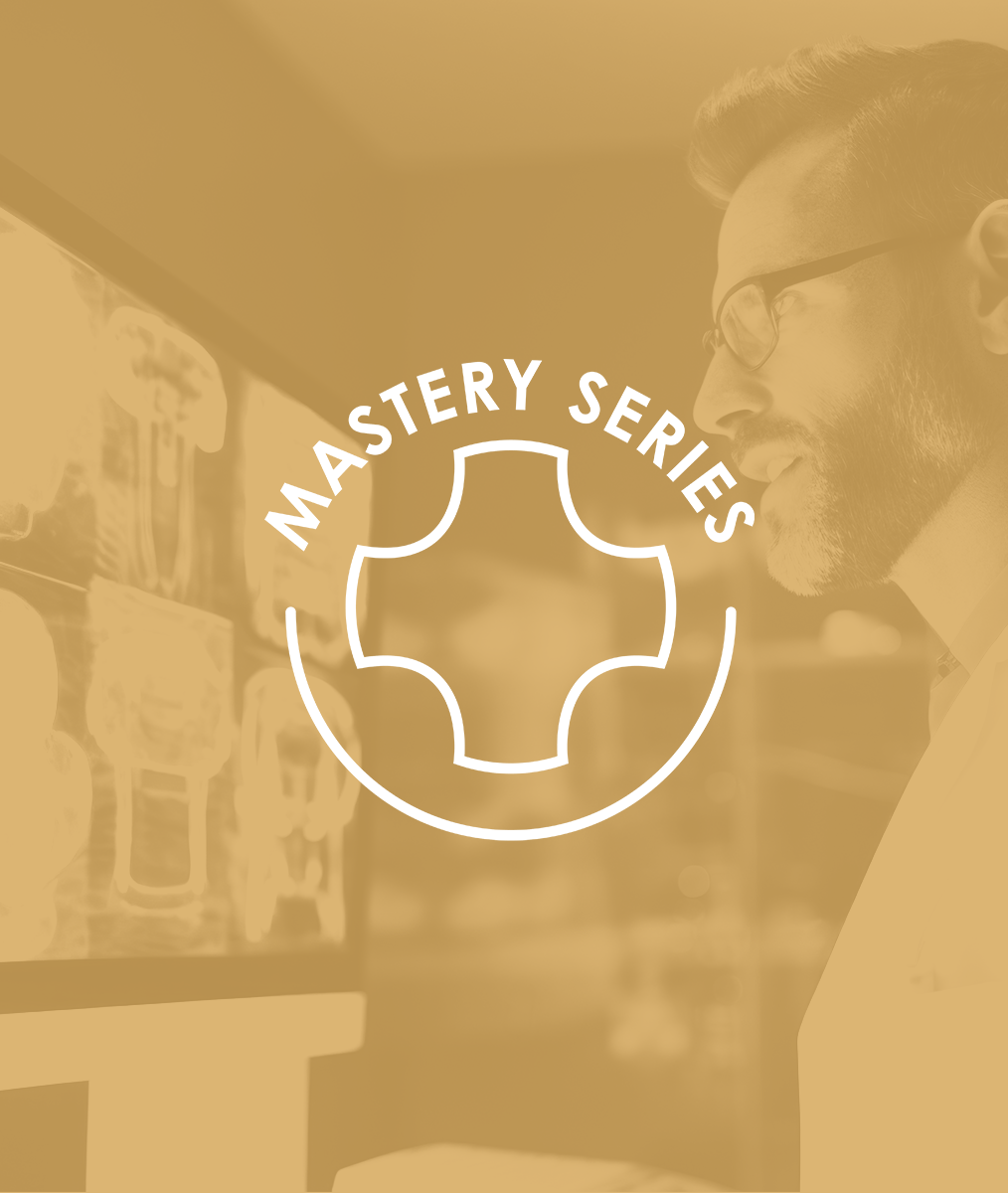
The Art of Influencing Our Patients Part 3: An Opportunity to Engage
Many times, patients have some sense about their overall health, but have no idea about what is going on in their mouths. They tell us they’ve never looked in their mouths. Our challenge is to engage them during the exam process in such a way that it raises their curiosity and awareness.
Our goal should be for patients to be so engaged in the exam that they continue to pay attention to their mouths, even when they leave our office. As they are driving home, we would like them to be touching their facial muscles. We would like them to be paying attention to how their teeth come together when they take out a nightguard in the morning. We would like them to notice if there are points of bleeding when they floss. As they go about their lives, we hope they pay more attention to all the things we talked about.
Think of engagement as being like the gears on a bicycle. If the gears on your bicycle are not engaged, the bike will not move forward. You may be inclined to pedal harder, but you are still going nowhere. Similarly, if a patient is not engaged, you might be inclined to give them more information. But you might as well stop talking because you are probably going nowhere.
Engagement has been described by educators as when the student is working at least as hard as the teacher.
We all know what patients look like when they are engaged. They ask questions, they touch their faces, they lean forward, or they point to images on the computer monitor. They give us signals that they are paying attention. On the other hand, when a patient’s eyes glaze over and they blankly nod, it’s a good indication they are not engaged. When you notice that polite smile, stop talking and look for a way to engage them in the process. You might ask them a question. “I know I’ve been giving you a lot of information, and I’m curious, what are your thoughts about what we have discovered so far?”
One of the things I like to do when I begin the exam process is to ask the patient to hold a mirror in case I have some questions for them as we go through the exam. Most patients will take the mirror and put it on their lap. I look for the first opportunity to ask any kind of question that involves the mirror. I might ask them to bring the mirror up to their face and show me in the mirror an area they mentioned as a concern. I might ask them to point to changes made in their mouth by orthodontics and restorations and inquire about how they feel about those changes. Once they do, they are more engaged and understand that what they are telling me has relevance. They begin to see themselves as part of the process with expertise about themselves.
We want to engage as many of the patient’s senses as we can…seeing…hearing…touching… tasting. As I examine the mouth, I might say, “I notice that when I slide the perio prob into this deeper space between the tooth and the gums, there is bleeding. Do you ever see or taste bleeding there?” Their personal involvement in the exam gives rise to questions that are opportunities for them to connect what is going on in their mouth with their self-care behaviors and the choices they will have about seeking treatment from us.
We don’t want our patients to just comply with our recommendations. We want them to be actively engaged in understanding, planning, and working toward improved health. We want them to feel responsible for their choices and to partner with us in improving their health.
Engagement leads patients to take ownership of their health and make healthy choices.
After the next exam or consultation you do with a patient, consider:
- How engaged was the patient?
- How much “work” were they doing relative to how hard you were working?
- What did you do to activate engagement?
- If you could do it all over again, what “one more” question could you have asked the patient?
Related Course
Mastering Treatment Planning
DATE: October 2 2025 @ 8:00 am - October 4 2025 @ 1:30 pmLocation: The Pankey Institute
CE HOURS: 25.5
Tuition: $ 4795
Single Occupancy with Ensuite Private Bath (per night): $ 345
MASTERING TREATMENT PLANNING Course Description In our discussions with participants in both the Essentials and Mastery level courses, we continue to hear the desire to help establish better systems for…
Learn More>






